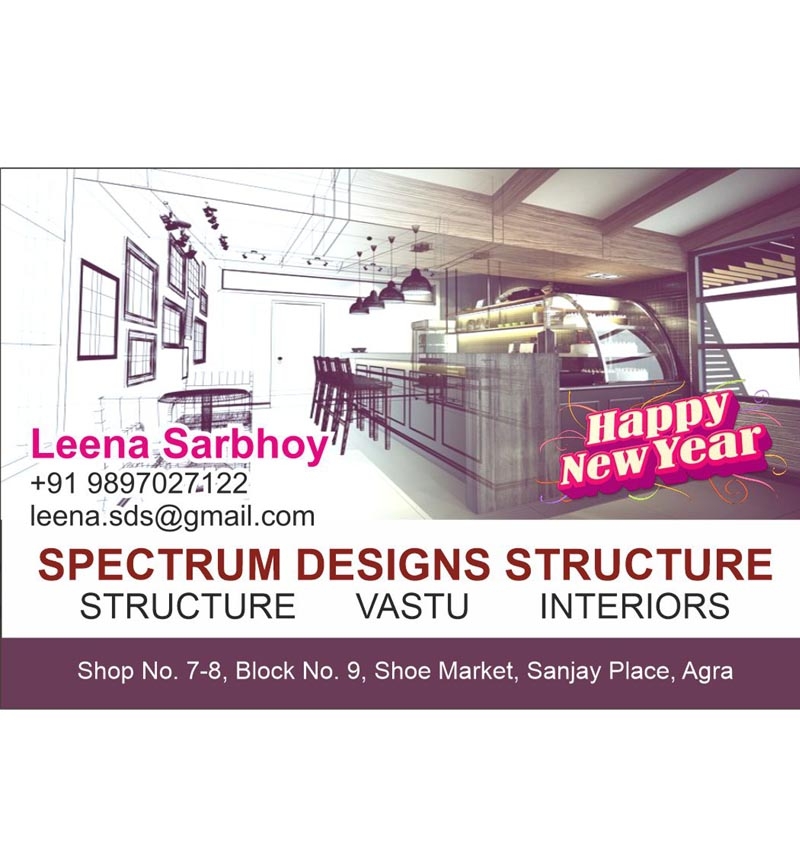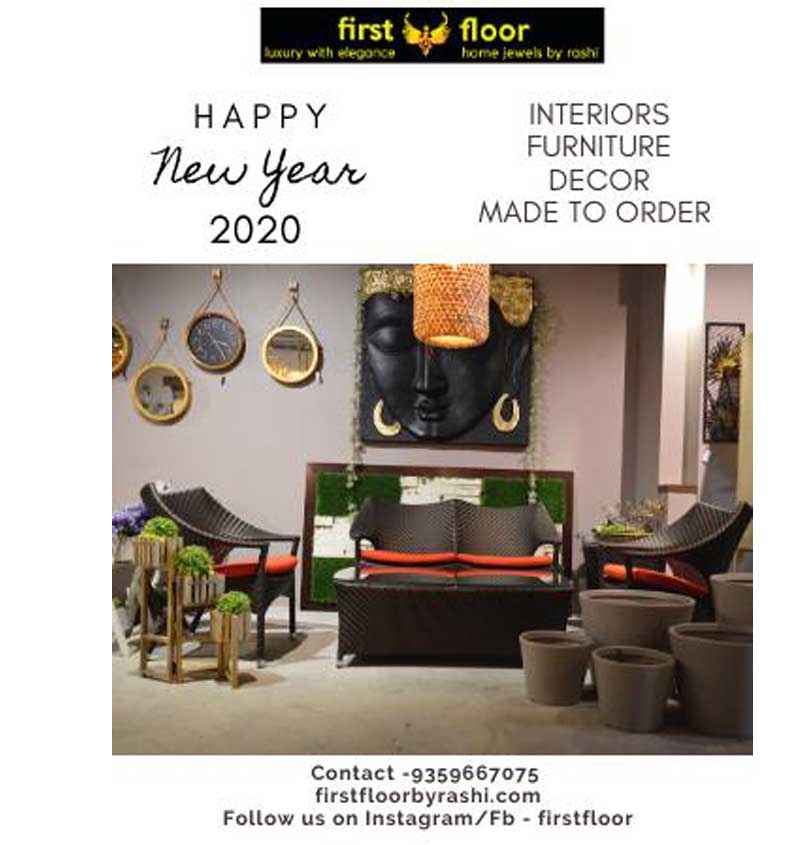Smart, Connected Living
Technology is rapidly becoming an invisible yet integral layer of our environments. In the homes of the future, design will revolve around seamless connectivity and automation. Smart lighting, climate control, and security systems are already common, but what lies ahead is a deeper integration—spaces that respond intuitively to human behavior.
Think homes that learn your preferences: adjusting lighting and temperature based on your schedule, or even recommending furniture placements to optimize comfort and energy use. Designers will need to balance functionality with discretion, ensuring tech-enhanced interiors remain stylish, warm, and human-centered.
Sustainability as a Standard
The push for sustainability is transforming interior design into a more responsible practice. Future spaces will prioritize longevity, ethical sourcing, and environmental impact. Recycled and renewable materials, energy-efficient fixtures, and designs that minimize waste will move from optional to essential.
Expect an increase in modular and upcycled furniture, locally sourced craftsmanship, and zero-VOC finishes. Interior designers will also play a crucial role in educating clients about the long-term benefits of sustainable choices—not just for the planet, but for health and well-being.
Multipurpose and Flexible Layouts
As remote work, hybrid learning, and on-demand lifestyles become permanent fixtures, our spaces need to adapt. The future is about versatility—rooms that serve more than one function, and furniture that can transform to meet shifting needs.
Designers are responding with solutions like foldable workstations, murphy beds with hidden storage, and open-concept areas that can be easily zoned using sliding panels, rugs, or lighting. Flexibility is becoming a design principle in its own right, particularly in urban environments where space is a premium.
Wellness-Driven Design
Interior spaces are increasingly being crafted with mental and physical well-being in mind. Biophilic design—bringing nature indoors—will be a cornerstone of future interiors. Living walls, indoor gardens, natural materials, and ample daylight are not just design features; they are tools for reducing stress, enhancing mood, and improving air quality.
Moreover, design will consider sensory comfort—acoustics, temperature regulation, and circadian-friendly lighting. Spaces will be curated to promote rest, creativity, and connection, turning homes into sanctuaries rather than just places to live.
Inclusive and Human-Centric Design
The future of design is inclusive. Universal design principles—those that make spaces accessible to all, regardless of age or ability—are gaining traction. Lever-style door handles, curbless showers, wide doorways, and intuitive layouts will become the norm.
Designers are also thinking beyond accessibility to embrace cultural sensitivity, gender-neutral aesthetics, and emotional resonance. Personalization tools and customizable features will empower users to shape their own environments based on identity and lifestyle.
The Rise of Virtual and Augmented Reality in Design
Emerging technologies like AR and VR are transforming the way interiors are conceptualized and executed. Clients can now step into a fully-rendered 3D version of their future living room before a single piece of furniture is purchased. Designers use these tools to experiment, visualize, and communicate ideas with unprecedented clarity.
As these technologies become more mainstream, they’ll streamline the design process and create more collaborative, immersive experiences between designers and clients.
Conclusion: Designing with Purpose
The future of interior design lies in more than what meets the eye. It’s about creating environments that adapt, support, and reflect the evolving human experience. As we look ahead, one thing is clear: interior spaces will no longer be passive backdrops, but active participants in our lives—enhancing how we live, work, and feel.
Designing tomorrow means thinking beyond trends—toward meaningful, sustainable, and smart spaces that truly serve the people who inhabit them.



















Your Message